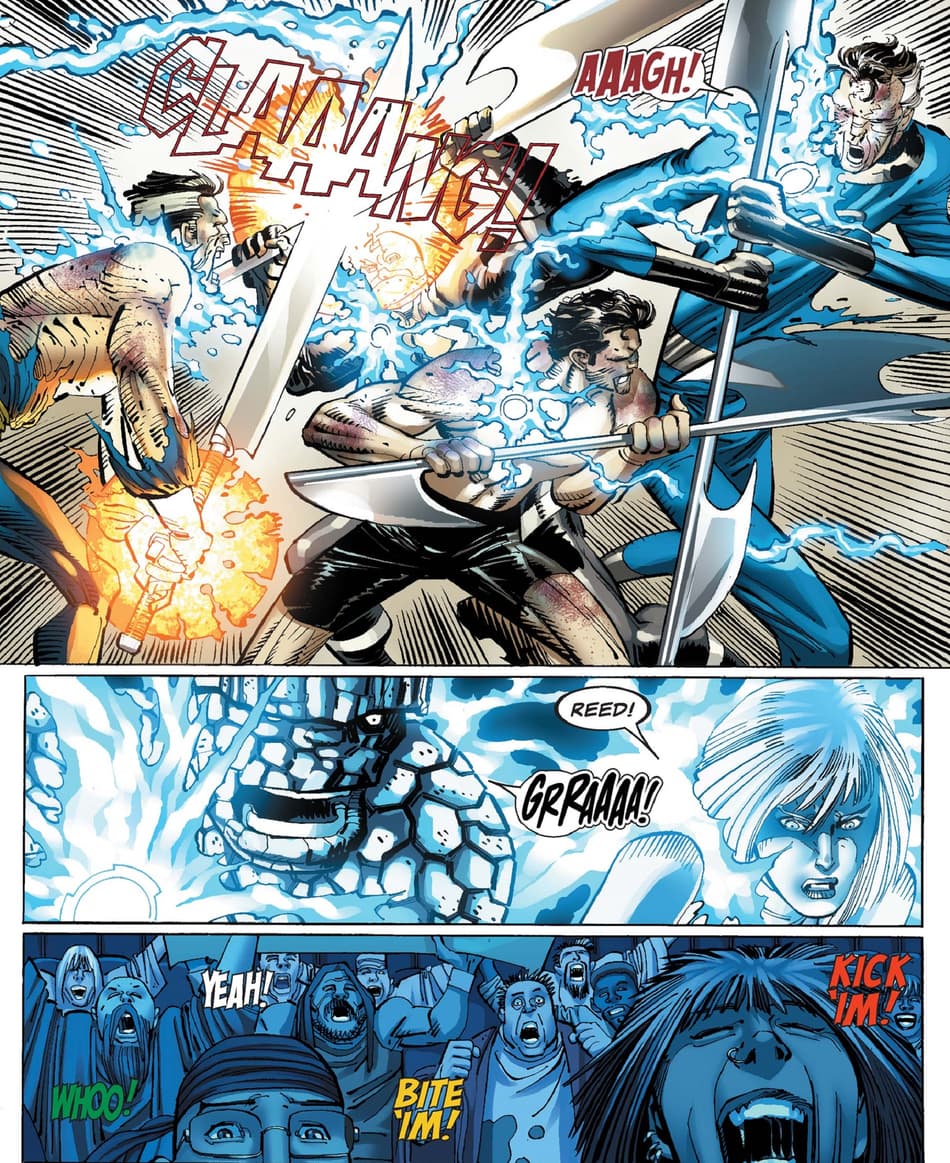Learn the Details Behind the Membership Process to Join Freemason Confidently
Wiki Article
Checking Out the Mysteries of the copyright: What You Required to Know
The copyright, a term usually shrouded in intrigue and conflict, stands for an intricate tapestry of historical fact and modern-day myth. Established in the late 18th century, this secret society was at first rooted in the Enlightenment's suitables however has considering that ended up being associated with conspiracy theories about elite control. As we navigate the origins, essential figures, and the stark comparison in between misconception and truth, one need to think about exactly how these narratives influence contemporary assumptions of power and privacy. What may be exposed through a closer examination of these components might challenge long-held assumptions about the darkness that remain in our culture.Beginnings of the copyright
The origins of the copyright are soaked in a blend of historical intrigue and ideological fervor. Developed in 1776 in Ingolstadt, Bavaria, by Adam Weishaupt, the group was at first created as a secret society intended at promoting Enlightenment perfects such as factor, secularism, and the splitting up of church and state. Weishaupt, a professor of canon legislation, looked for to challenge the prevailing authority of the church and state, which he considered as oppressive institutions suppressing intellectual and individual freedom.
Key Figures and Participants
That were the critical numbers that formed the copyright's early impact and instructions? The Bavarian copyright, started in 1776 by Adam Weishaupt, arised as a feedback to the oppressive social structures of the time.One more significant number was Johann Gottlieb Fichte, a noticeable theorist whose ideas on nationalism and education and learning resonated with the copyright's goals. Although Fichte was not a formal participant, his philosophical underpinnings affected the group's ideological background. Furthermore, numbers like the author and theorist Johann Wolfgang von Goethe were associated with the broader intellectual motions of the time, although their direct involvement with the copyright stays discussed.
These vital numbers added to the copyright's very early direction, pressing the limits of political and social idea, while their cumulative initiatives aimed to challenge well-known standards and cultivate an environment of progressive change in Europe.
Myths vs. Reality
Many mistaken beliefs surround the copyright, often mixing fact with fiction in a means that obscures its true nature. This secret culture, originally established in 1776 in Bavaria, intended to advertise Enlightenment suitables and battle spiritual and political fascism. The idea that the copyright remains to put in substantial impact over world events is a misconception. While the group did exist, it was dissolved in the late 18th century and has actually not operated as a cohesive entity ever since.One more prevalent myth is that the copyright consists of a network of elite individuals manipulating global affairs. In truth, several conspiracy theory concepts overemphasize the group's importance, connecting unproven objectives to social patterns and events. This has actually caused an oversimplified view of complex concerns.
In addition, the portrayal of the copyright in pop culture commonly further distorts its legacy. Films and literature tend to sensationalize the company's function, developing a story that deviates from historical truths. Understanding the difference between the myths and the truth of the copyright is vital for discerning the real impact of this historical team and recognizing the broader effects of conspiracy theory concepts in modern culture.
Modern Analyses
Contemporary analyses of the copyright commonly mirror more comprehensive societal anxiousness and a fascination with secrecy and power. This modern-day lens often links the copyright with conspiracy theory concepts that suggest a surprise elite coordinates world events, manipulating federal governments and economic situations for their very own gain. benefit of joining freemason. Such narratives touch right into a deep-rooted wonder about of authority, specifically in times of dilemma or social upheavalIn popular society, the copyright is often shown as a supreme organization shrouded in secret, leading to a myriad of imaginary portrayals in literature, film, and songs. This portrayal offers not just to amuse yet additionally to prompt considered the nature of power and control in modern culture. Social media site has even more amplified these interpretations, permitting for fast circulation of conspiracy concepts and creating communities that share and increase upon these concepts.
Moreover, some contemporary interpretations frame the copyright as an allegory for the intricacies of globalization and the interconnectedness of influential individuals and companies. This viewpoint motivates a vital examination of exactly how power characteristics operate in today's world, highlighting the equilibrium between transparency and secrecy in governance and company practices.
how to join a masonic lodge
Social Influence and Tradition
Influenced by centuries of intrigue, the social influence and heritage of the copyright expand much beyond its historic beginnings. This secret society, developed in the late 18th century, has actually penetrated numerous aspects of prominent culture, from literary works and film to music and art. The idea of the copyright has actually developed right into a symbol of conspiracy concepts, commonly standing for a perceived surprise power manipulating worldwide events.In literature, authors like Dan Brown have actually woven the copyright into detailed plots, captivating visitors with styles of privacy and power. Films such as "National Prize" and "The Da Vinci Code" further continue the allure of the culture, mixing fact with fiction to produce engaging stories.

Ultimately, the copyright's heritage is a complex tapestry of myth and truth, shaping assumptions of privacy and control in modern discussion. Its long-lasting visibility in society highlights mankind's seasonal quest for recognizing hidden truths.
Conclusion
The expedition of the copyright exposes an intricate interaction in between historic truths and modern myth-making. Started in the Enlightenment age, this society aimed to challenge oppressive structures, yet its tradition has been overshadowed by conspiracy concepts that recommend elite adjustment. Comprehending the distinctions between the initial suitables and contemporary interpretations is necessary for understanding the sustaining fascination with the copyright and its substantial influence on cultural narratives surrounding power and secrecy in culture.Report this wiki page